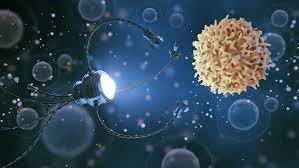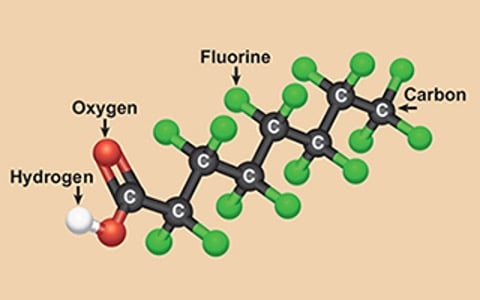If you’ve been reading the news lately, you know nanoparticles are not so great. In everything from cosmetics to water filters, nanoparticles have been shown to cause various health problems. But what exactly are nanoparticles, and how can you protect yourself from their harmful effects? Let’s answer these questions and more with this quick guide on removing nanoparticles from your drinking water.
- Home
- About Us
- Services
- Capabilities
- Products
- Resources
- Blog
- Contact
- Our Partners
- American Water Works Association
- Brooks & Associates, Inc.
- DHP Training
- International Desalination Association IDA
- Water Surplus
- WefTec
- Haynes Equipment
- Eshelman Company-Sales Rep-Tennessee & Alabama
- Trippensee Shaw - Sales Rep-Florida
- Solberg Knowles & Associates
- General Pump & Equipment-Sales Rep-Mississippi
- Business Opportunities





